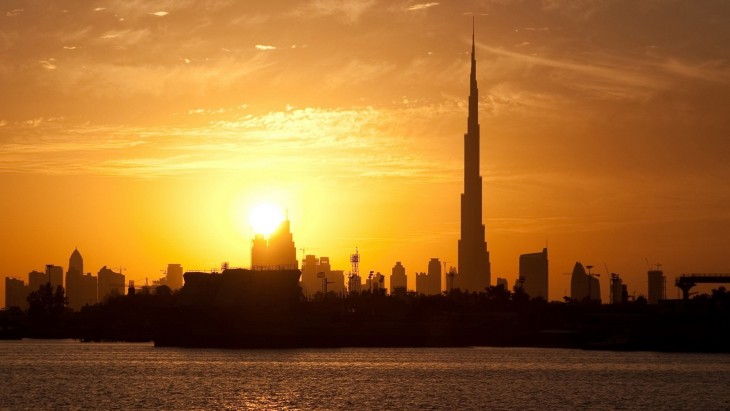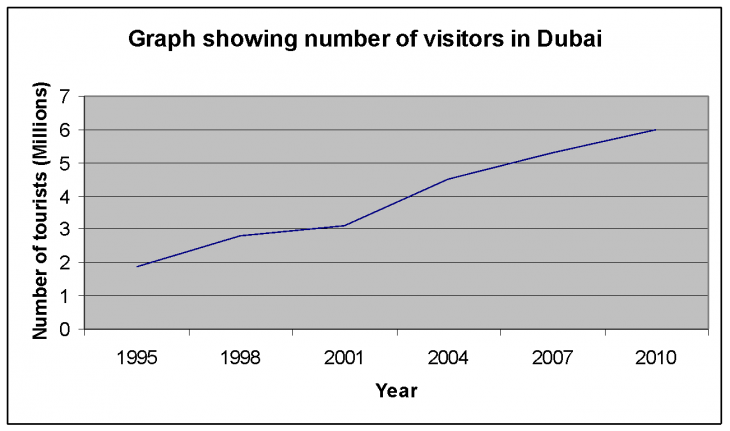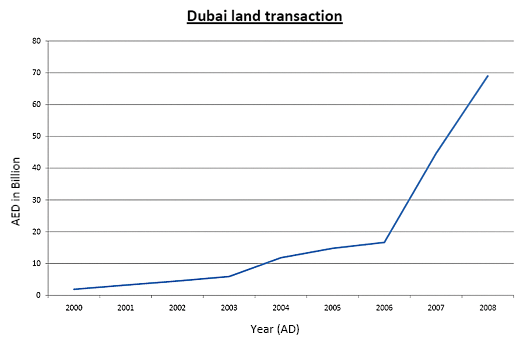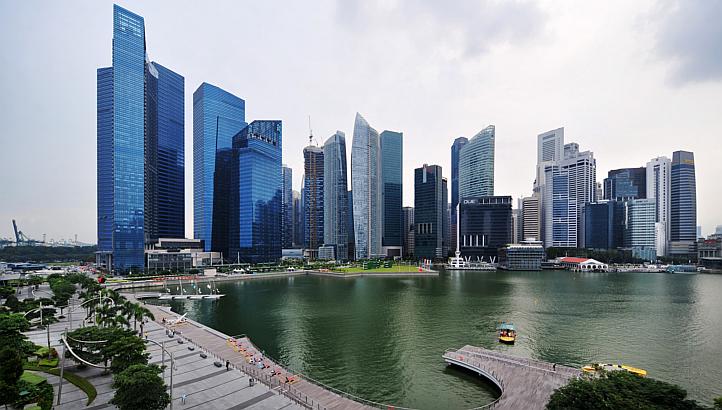Growing Economies – Economics of Sustainability
Student : Prajakta Panchal
Tutor : Gonzalo Delacamara
Past 50 years have seen an outburst of economic growth of cities which have now turned out to be few of the fastest growing cities in the world, today. Dubai and Singapore have witnessed a major hike mainly because of their geographical location as trade / tourism hubs. But, in the race of being the fastest growing economies, the aspect of sustainable growth for its citizens tends to go for a toss. It is important to understand the historical background of cities to understand the steps that were taken which led to the economic growth of these cities, and their impact on the local and global sustainability scale.
Part 01 | Dubai

Dubai
Initially a small fishing village, Dubai, attracted foreign traders after the emirates declared they would be exempt from tax. This led to an increase in population. Later, Dubai embarked on a bid to become a major trade hub. The discovery of oil in the gulf brought a soaring economy and an army of traders. In the eighties though, as the annual oil income dropped, the emirate had to think of other ways to make money, which led to the beginning of its reinvention as a tourist destination by establishing the Emirates airline.
Today, even though trade remains to be a part of its economic growth, a major chunk of investment goes in the infrastructural development of the city in order to attract tourists and foreign investors in their property. It has now become a global hub for transport, trade and professional services. Due to its diversified economy today, it no more relies on specific commodities.
Dubai investments in property in order to reclaim land and to develop high end tourist friendly infrastructure thus create a loop in its economic growth. The tallest buildings and getaway villas call for advanced engineering techniques and expensive construction methodologies, but heavily attract global investors.

Dubai – Number of tourists
The infrastructural development of Dubai airport also opens up opportunities for professional services. A major contribution in the economic growth of Dubai is made by expats who work long hours in the construction industry as laborers and much by locals. But, the huge coastal development and land reclamation to build architecturally advanced buildings has had a major impact on the existing wildlife of Dubai.
As per Greenpeace, the re-depositing of sand for building islands, has affected the crystal clear waters of the gulf and is affecting the marine life as well. It is predicted that building several islands against the natural course of water would lead to future problems of maintenance and structural issues.
In a city where the temperatures peak to 40 celsius, towers like Burj Khalifa and other towers built on reclaimed land are heavily cladded with glass facades, leading to an increase in the consumption of power. The city has scarcity of water, yet, the average consumption of water is about 1o times more than an average American. The architecturally impressive Ski-Dubai creates a drastic micro climate just for the attraction of tourists. In the long run, this limitless use of energy and resources would cost the city not just in terms of resources, but also in terms of environmental sustainability.
In terms of agriculture, lack of arable land, intense heat, periodic locust swarms, and limited water supplies are the main obstacles in agriculture. The underground aquifers have been depleting due to unplanned investment in agricultural techniques. The water tables and water salinity of few areas have also been affected. As a result, several farms have been forced to cease production. Despite the creation in 1983 of a federal authority to control drilling for water, development pressures in the 1980’s and 1990’s increased the exploitation of underground water supplies.

Dubai – Land Transaction
As Dubai enters the list of top 10 fastest growing economies in the world, it is evident that nature would soon give in to the drastic alterations made by the city’s infrastructural growth on it.
Part 02 | Singapore

Singapore
Once used as a major port by the British colony of India, Singapore had a phase of invaders before and during the Second World War. The country faced problems of high unemployment, slow economic growth, inadequate housing, decaying infrastructure, labor strikes and social unrest. This sparked a political awakening among the local population.
Due to ideological conflicts, Singapore separated from Malaysia and started a new economic system which has been steadily growing since then. After this separation, Singapore’s strategic location helped gaining a good trade market by introducing export oriented industrialization to attract foreign investors. The trade oriented market economy of Singapore, also being directed partly by tourism, has an outcome that has been significantly invested in savings for citizen’s healthcare needs and funds. Today, Singapore continues to steadily grow in the global market in the economic front.
The political stability in Singapore has led to major government oriented investment programs. The BCA (building construction authority) of Singapore invests, and encourages developers (through various feasible schemes) to invest in projects which promote sustainable architecture and development.
Singapore invests in education to build a skilled labor force for its extended concept of intermediary trade. Water is scarce in Singapore, which is why it takes measures to use it wisely, through its water fabrication industry.
Its strong monetary policies show how its insight for strategic investment and savings. The encouragement provided by the government led to various green rating systems which have been introduced by the Building Construction authority of Singapore as a framework for constructing sustainable building, along with market strategies to attract developer investments in such projects. This has led to a massive growth of sustainable construction in Singapore. Gardens by the bay are a fine example of tourism is linked with sustainable architecture by creating environment sensitive spaces.

Economic growth
Singapore is also pursuing green growth actively. The National Climate Change Strategy 2012 places emphasis on green growth opportunities. Singapore is developing a Cleantech hub, and is harnessing opportunities in clean and green energy (e.g. solar), waste and water technologies, urban management, green ICT, clean mobility, among others.
Singapore has developed from a third world city to one of the most competitive economies in the world today because of its strategic investment policies and awareness of the city’s environmental impacts. The Singapore Sustainable Blueprint, launched in 2009, strives to achieve the twin goals of economic growth and a good living environment. It is aware of its shortcomings, which include water scarcity, air pollution, island restriction and strives to cover most aspects of sustainability – air quality, transport, climate change, energy efficiency, water, waste, nature conservation, provision of green and blue (water) spaces and public health.
Singapore is also heavily investing in the development of biotechnology and applies the same in developing vertical agriculture due to shortage of land. The agrotechnology parks / estates are reserved in Singapore for efficient farming. Singapore has allotted the Singapore Land Authority which is a national body that governs the allocation of land for this kind of farming. Singapore’s investment in its farming industry is evident from its export of orchids.
Part 03 | Comparison
Dubai, with its commercial towers, has malls and hotels blending well with the iconic mosques and villas of the Sheikhs, while the infrastructure ties the city together with planned modes of transport. But does this heavy investment in the featured “green” techniques of these structures really increase energy savings or is it just a green wash under the tag of LEED (Leadership in Energy and Environment Development), is a question many authorities would ask about Dubai. The environmental impacts of this development have hardly been taken into consideration. It is also evident from statistics, that Dubai is not a preferred city to live for a longer term, due to the lack of policies for the people.
Singapore, which has seen a similar growth in its economy, on the other hand, is conscious of the long term effects of its policies on the environment and takes into consideration various facets – people, education, health and environment. It would not be wrong to say that even though both the economies today are two of the strongest in the market, Singapore would survive longer than Dubai because of its sensitive and steady approach towards its masses. Even though economists predict the inflation bubble of Singapore would burst soon, in terms of the kind of investments Singapore is involved in, it is way of Dubai in the race for building infrastructure which in sync with the environment.
Inspite of similar conditions of scarcity of water, the two cities have dealt with agricultural needs in two different ways. While Dubai consumed the water table, Singapore’s wise investment in agrotechnology have led to a rise in its export as well.
The economies of both the cities also invest in global fairs and sports events – Dubai organises the Expo 2020, International Film Festivals, etc, while Singapore also conducts Singapore Expo, Grand Prix, etc. which are events that bring in more foreign investment and capital. It also elevates the level of these cities on the global scale.
Economic development of the city has a direct impact on its environment – social, political and sustainable. By understanding the history of economic growth and its effects, it is possible to apply this information to invest wisely and build cities which are environment sensitive and sustainable. What we build today will have a direct impact on the economic growth in the future and eventually on the environment.